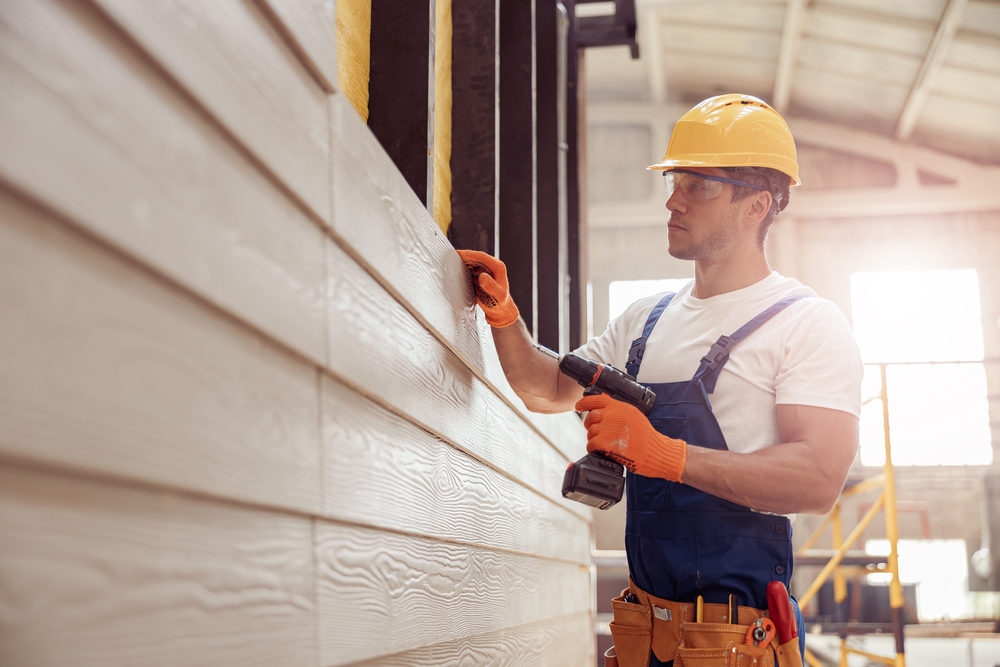Hazardous Building
Understanding Hazardous Buildings
Buildings can become hazardous due to a variety of reasons. Structural issues, environmental hazards, and poor maintenance are just a few. This guide explores the aspects that contribute to a building becoming dangerous. You’ll learn how to identify the signs and understand the risks.
Structural Issues
Structural integrity is vital for any building. Without it, buildings can collapse, potentially leading to injury or death. Common structural issues include foundation problems, deteriorating support beams, and wall cracks.
Foundation problems can manifest as uneven floors, cracks in walls, or doors and windows that won’t close properly. Beams and columns that show signs of rot or rust are also concerning. Cracks in the walls, especially those wider than a quarter-inch, can be indicative of significant structural problems.
Environmental Hazards
Environmental hazards pose significant risks as well. These include natural disasters, such as earthquakes, tornadoes, and hurricanes, which can severely damage buildings. Additionally, flooding can weaken foundations and promote mold growth.
In areas prone to earthquakes, buildings should be constructed with materials and methods that can withstand seismic activity. Flood-prone regions require buildings with elevated foundations or proper drainage systems. Assessing environmental risks in a building’s location is crucial.
Poor Maintenance
Neglected buildings deteriorate over time, becoming hazardous. Common issues from poor maintenance include roof leaks, plumbing problems, and electrical hazards.
- Roof Leaks: Water damage from roof leaks weakens structural components and promotes mold growth.
- Plumbing Issues: Leaky pipes and poor drainage can damage walls and foundations, posing both structural and health risks.
- Electrical Hazards: Faulty wiring increases the risk of fires. Outdated electrical systems are particularly dangerous.
Fire Hazards
Fire hazards in buildings can arise from both internal and external sources. Buildings with outdated wiring, faulty electrical appliances, and poor fire safety measures are at high risk.
Inspect electrical panels, wiring, and appliances regularly. Ensure fire extinguishers, smoke detectors, and sprinklers are present and functional. Buildings should also have clear evacuation plans and routes.
Asbestos
Asbestos is a common hazard in older buildings. It was widely used for insulation, roofing, and flooring until the 1980s. Asbestos fibers are dangerous when inhaled and can cause conditions like asbestosis and lung cancer.
If you suspect asbestos in a building, hire a professional for inspection and removal. Do not attempt to remove it yourself, as improper handling can release fibers into the air.
Radon
Radon is a hazardous, naturally occurring gas. It seeps into buildings from the soil and can accumulate to dangerous levels indoors. Long-term exposure increases the risk of lung cancer.
Testing for radon is simple and can be done using kits available at hardware stores. If high radon levels are detected, professional mitigation is required to ensure safe living conditions.
Lead Paint
Lead paint is another danger prevalent in older buildings. Lead exposure is harmful, especially to children, causing neurological and developmental issues.
If lead paint is present, it’s essential to contain or remove it safely. Hire professionals for this task, as improper removal can create hazardous dust.
Mold
Mold thrives in damp environments and can cause health issues, particularly respiratory problems. It’s commonly found in areas with plumbing leaks, roof leaks, or high humidity.
Identify and repair sources of moisture to prevent mold growth. Clean existing mold with appropriate cleaners and protect yourself with gloves and masks during the process.
Infestations
Pest infestations contribute to a building’s deterioration. Termites, rodents, and insects can cause structural damage and pose health risks.
Conduct regular inspections for signs of pests. Use methods ranging from traps and baits to professional extermination to handle infestations.
Building Codes
Building codes are standards set to ensure safety and health. Non-compliance can lead to unsafe conditions. Codes cover a range of components, including structural integrity, electrical systems, plumbing, and fire safety.
Ensure that buildings adhere to local building codes. Regular inspections by qualified professionals help maintain compliance and safety.
Insufficient Ventilation
Poor ventilation creates unhealthy indoor environments. It leads to the buildup of pollutants, moisture, and odors. Inadequate airflow contributes to mold growth and increases the risk of respiratory problems.
Ensure buildings have proper ventilation systems. Use exhaust fans in areas vulnerable to moisture and pollutants, such as bathrooms and kitchens.
Severe Weather
Severe weather can greatly impact building safety. High winds, heavy snow, and extreme temperatures compromise structural integrity.
- High Winds: Strengthen structures to withstand wind impact. Secure loose items that could become hazardous debris.
- Heavy Snow: Snow accumulation on roofs can cause collapse. Regularly remove snow buildup during winter.
- Extreme Temperatures: Ensure buildings are appropriately insulated and have efficient heating and cooling systems.
Human Factors
Human actions and neglect can create hazardous conditions. Poor construction practices, lack of regular maintenance, and improper renovations all contribute.
Emphasize quality workmanship and regular upkeep. Use licensed professionals for construction and renovation tasks to ensure safety.
Occupancy Loads
Exceeding the designed occupancy load puts undue stress on a building’s structure and systems. It increases the risk of accidents and compromises safety.
Adhere to recommended occupancy limits. Ensure emergency exits and pathways are accessible and unobstructed at all times.
Conclusion
Hazardous buildings pose significant risks, but understanding the potential hazards and taking proactive measures can mitigate these risks. Regular inspections, maintenance, and adherence to building codes are crucial in ensuring building safety.




Subscribe for Updates
Get the latest articles delivered to your inbox.
We respect your privacy. Unsubscribe anytime.